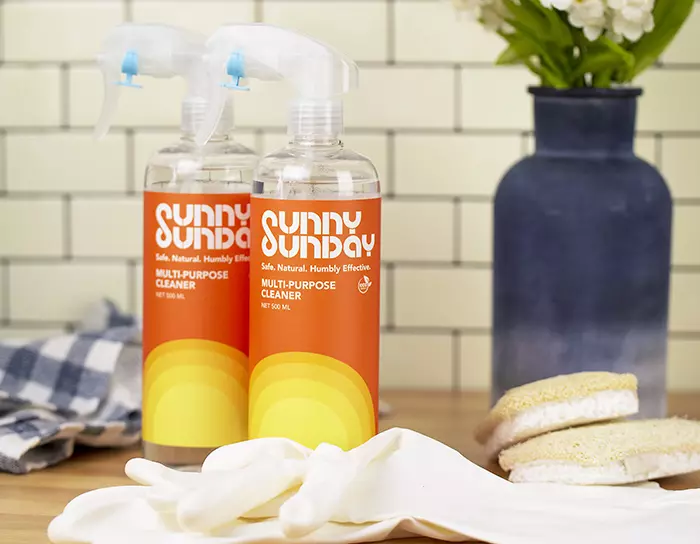Need help? We’re here!
Our expert customer service team is ready to help you with any questions or concerns you may have. Real time help is available Monday through Friday 9AM - 6PM EST- (888) 391-7165
- Chat live with support
- support@sheetlabels.com

Understanding your quantity needs is critical for managing costs and meeting deadlines. Ordering in bulk can reduce costs per unit but risks overstocking if your product design changes. For businesses facing SKU proliferation, SheetLabels.com offers flexible solutions to scale with your needs while minimizing waste.
The right label size and shape help your product stand out. Our library of pre-made options includes circles, rectangles, ovals, and even unique shapes like starbursts or hearts. For more complex designs, our custom tooling services bring your vision to life. Need a ruler? Download our free ruler that you can print, cut, and apply.
Selecting a material suited to your bottle’s usage conditions ensures durability and aesthetic appeal. Popular options include:
First ask, what am I applying the label to? For instance, is it being applied to a hot item that will be flash forzen? Then ask what is the environment like where I will be applying the label? Is it a sparkling clean facility, or a dusty warehouse? Finally, what would I like to communicate? Is this a branded item or a simple label for a lab specimen?
Please reach out if you'd like help walking you thorugh these questions. We'll help you find the perfect label for the right situation.
Choosing the right label type depends on your application method:
These options are crucial for understanding how to print labels for bottles that match your branding and production needs.
Whether printing labels in-house or opting for professional services, understanding the steps ensures flawless results.
Outsourcing your printing to SheetLabels.com can save time and ensure consistency. With options like UV-printed roll labels, we deliver precision and durability, freeing you to focus on growing your business.